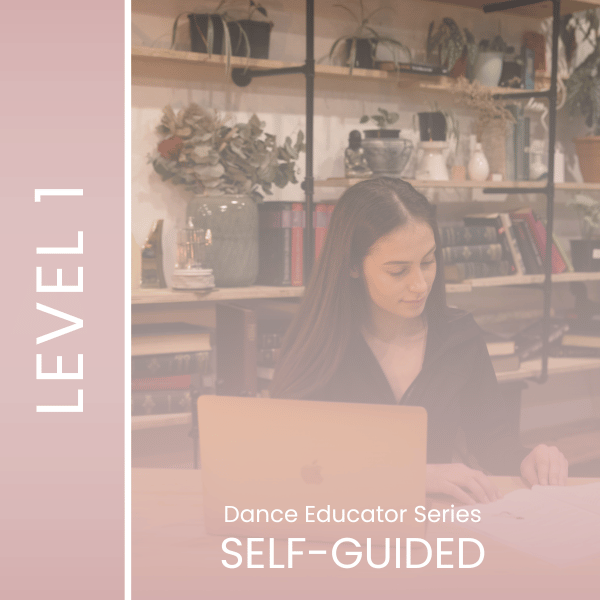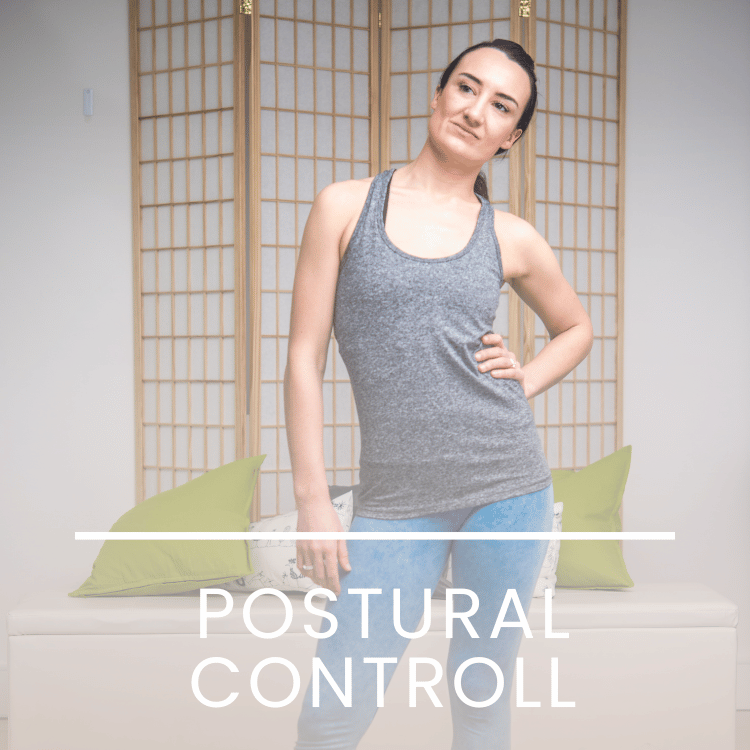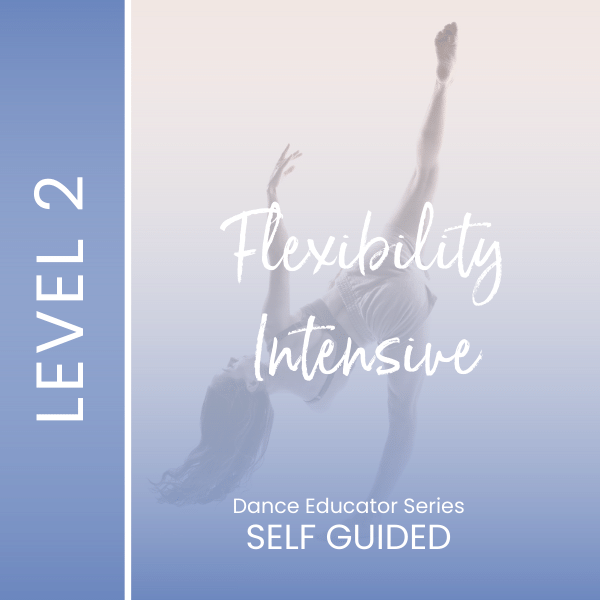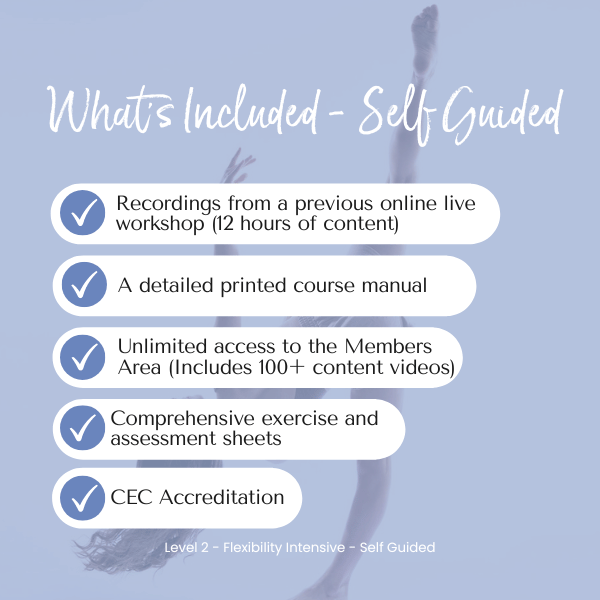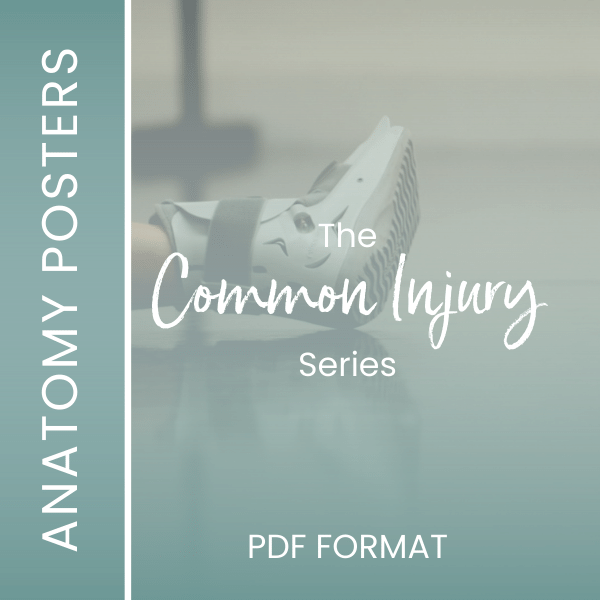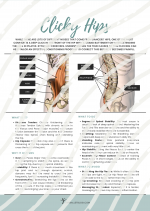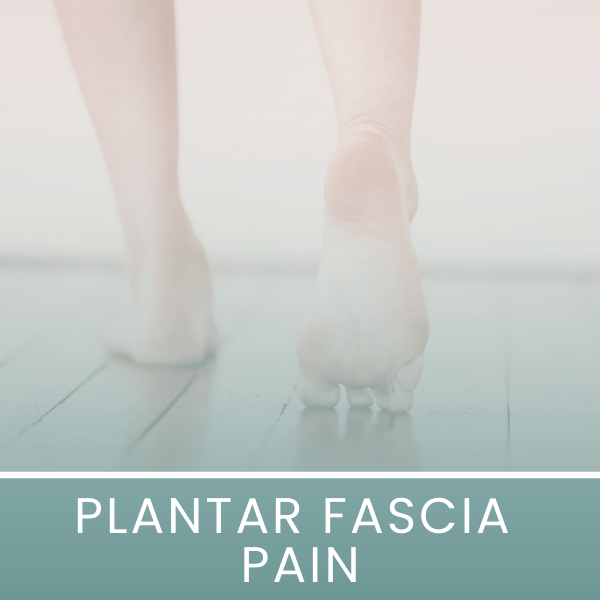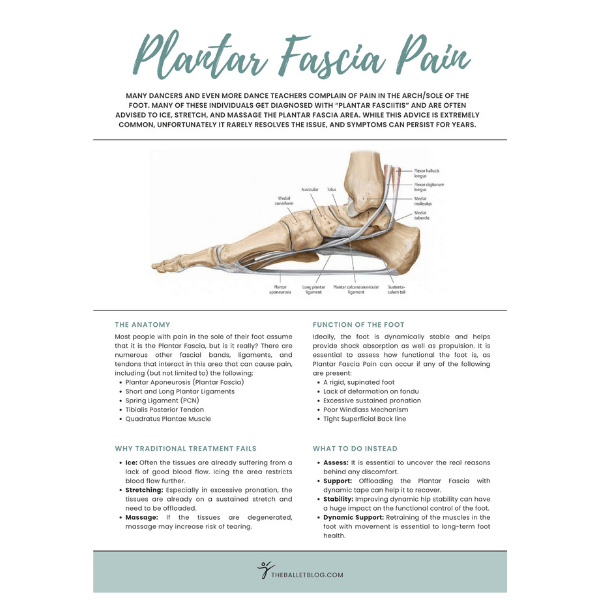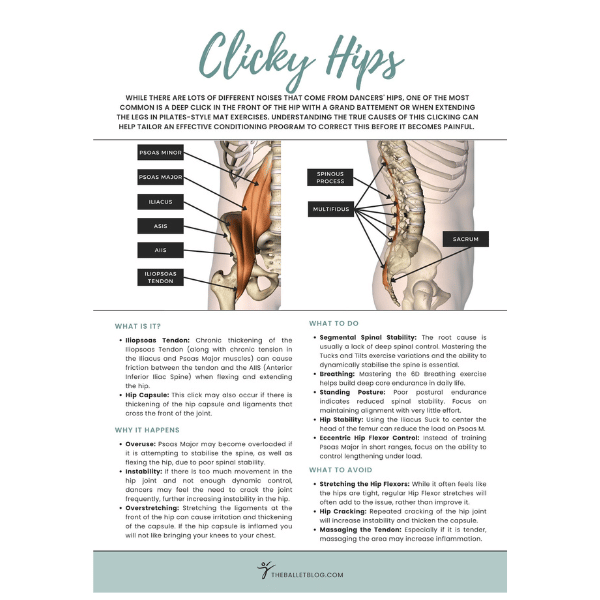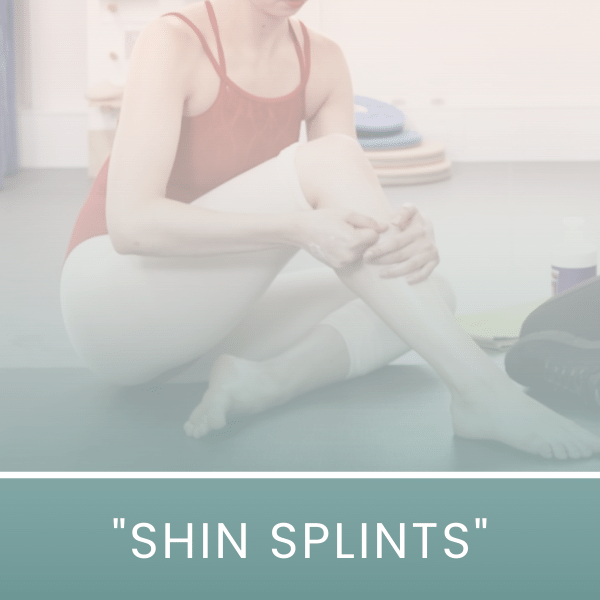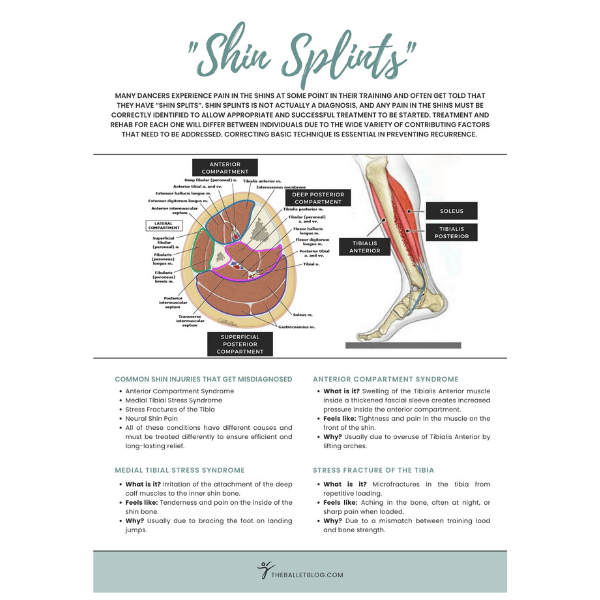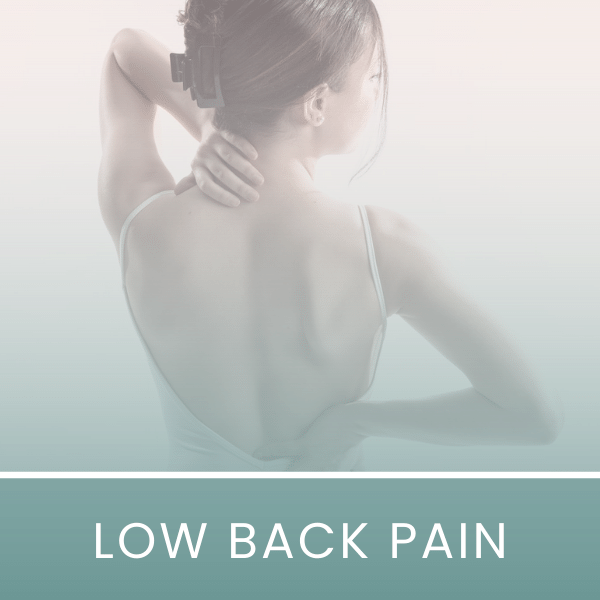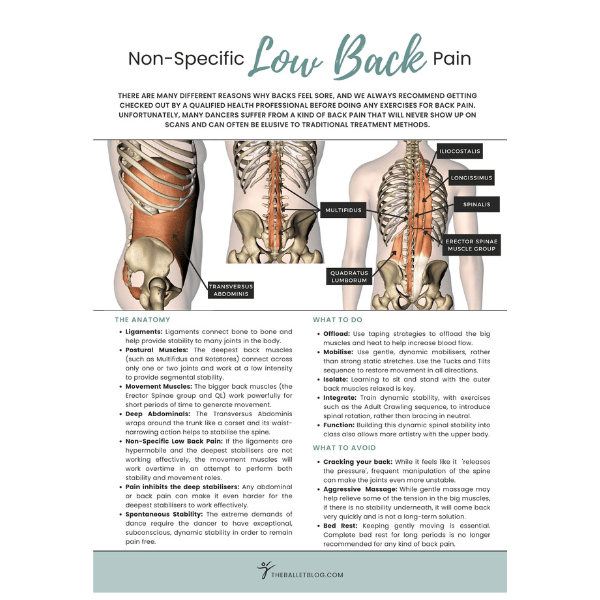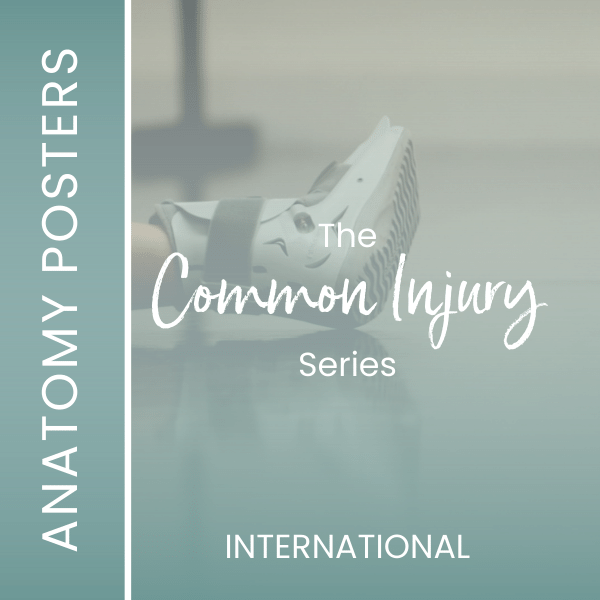- Free Articles
- Shop
- Workshops
- The Dance Educator Series
- L1 – The Fundamentals
- L2 – Pointe Intensive
- L2 – Flexibility Intensive
- L2 – Training Turnout in Tiny Dancers
- L3 – Foot & Ankle Injuries in Dancers – NEW
- L3 – Hip Injuries in Dancers
- L3 – How to Train Extreme Mobility Safely
- Upcoming Workshops
- Workshop FAQ’s
- Workshop Testimonials
- Host Application Form
- Dance Teacher & Health Professional Directory
- Members Areas
- Cart
- My Account
Is how you sit affecting your body?
Many of us have sneaky little subconscious habits that we do in sitting, that can tell us a lot about our body, but that may also be influencing how our body develops, and our training in class. Are you always getting corrected for sickling the ankle on rise, or maybe you get pain at the back of the ankle that never fully goes away? If you have tried all the strengthening exercises in the world and its still happening, it could be due to your sitting posture. Check out the sitting postures below and see if how you sit is affecting your feet!
Which one are you?!
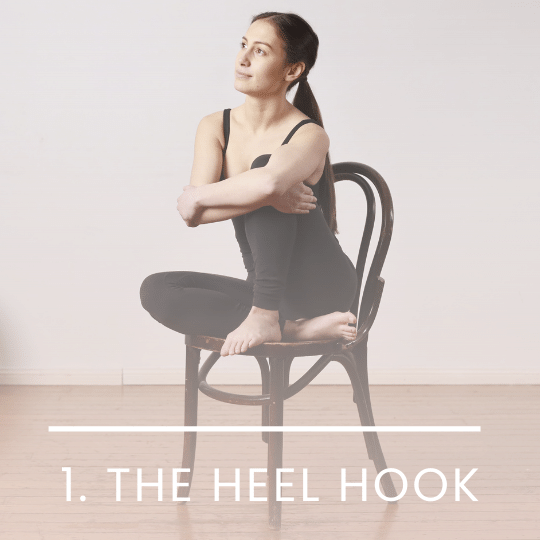
- A common strategy employed by Hypermobile dancers
- Hooking the heel on the edge of the chair helps prevent us sliding off!
- This can cause compression and reduced mobility in the Subtalar joint and is usually combined with a sickle of the opposite foot.
- May aslso cause compression in the front of the hip.
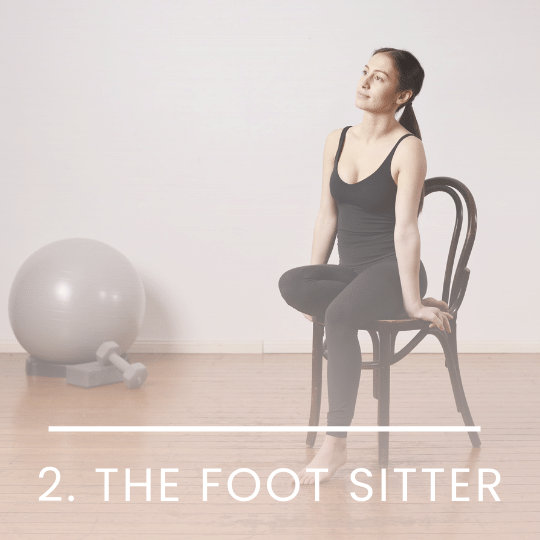
- This position is very common in Hypermobile individuals, as this position helps stop sliding forward on the chair.
- Sitting on the foot in a sickled position will often undo any specific joint mobilisations used in a treatment session.
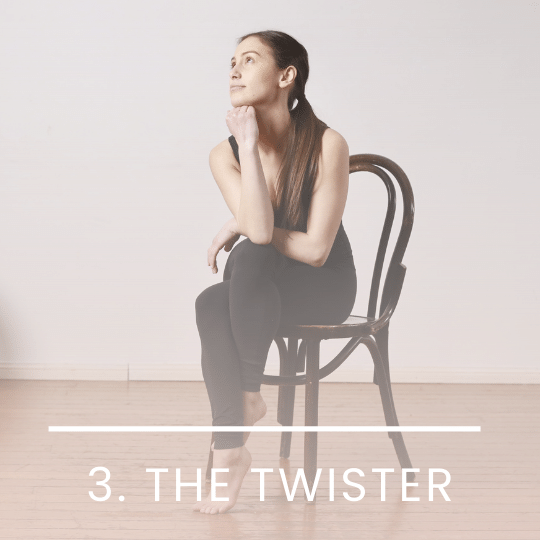
- Some individuals wrap the foot of the top leg behind the other in sitting.
- There will often be a constant low grade tension through the front of the shin to stay in this position.
- Compressing the outside of the knee may lead to Common Peroneal Nerve impingement.
- Common in those with Anterior Shin Pain and constant inner thigh tension.
- May struggle to improve middle splits.
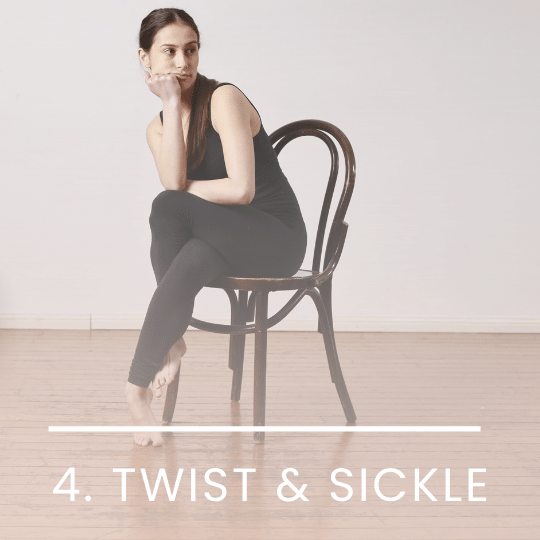
- Common in dancers with shorter legs, this position can stretch the lateral ligaments.
- The forced sickle is usually seen in those with more supination range.
- Often the dancer will struggle to feel a correctly aligned position on rise.
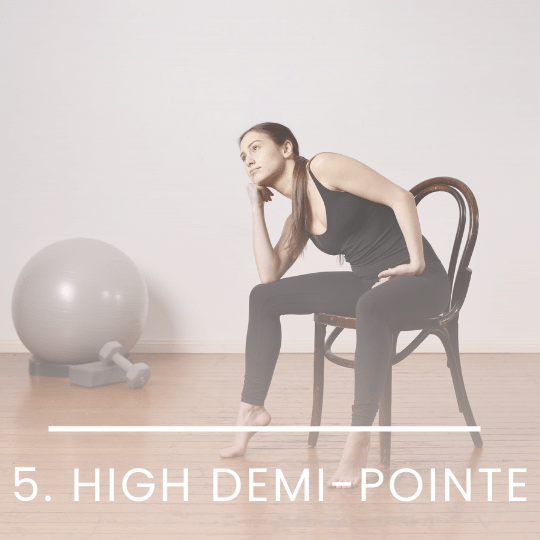
- Another strategy employed by those who's feet do not reach the floor.
- Hhe high rise position can be a culprit for Posterior Impingement that is slow to heal.
- It may also encourage a dropped 2nd MT or irritation under the ball of the foot.
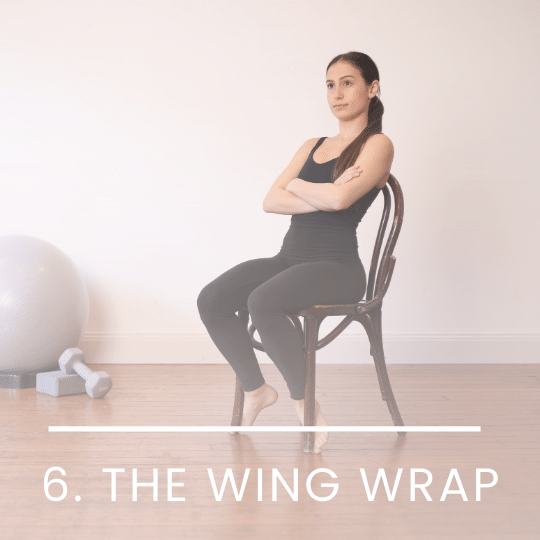
- This is another strategy common in Hypermobile individuals, and those with shorter lower legs.
- Can lead to an overly winged foot.
- May encourage increased pronation, and restriction up the lateral line.
- Dancers who do this often overly wing the foot when pointing.
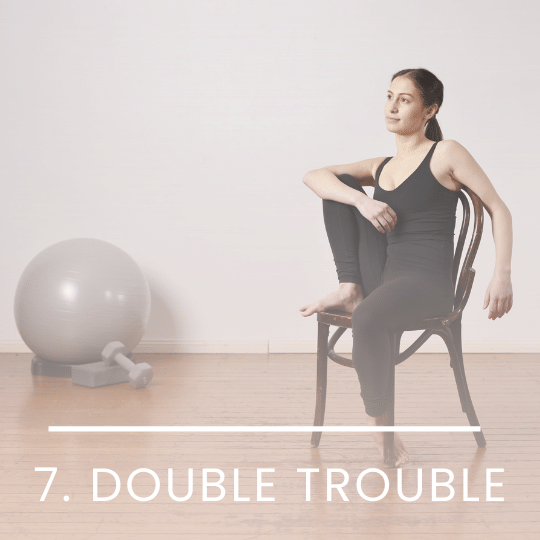
- A combo of the Wing Wrap and the Heel Hook.
- Wrapping the foot around the chair leg can cause chronic tension in the Peroneus Brevis or the Anterior Compartment.
- Often seen in those whose feet do not reach the floor.
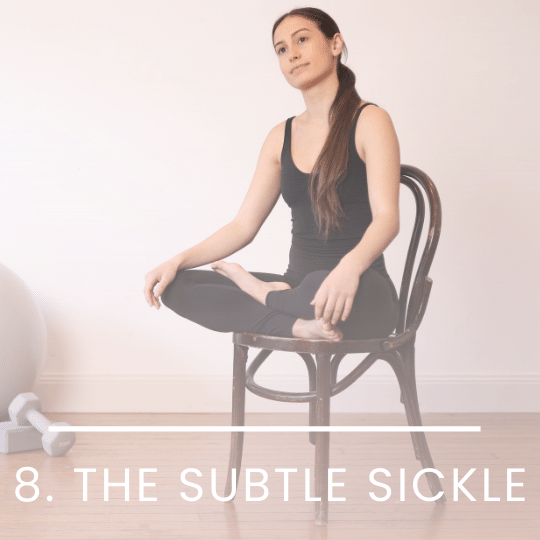
- Tucking one foot up on the opposite thigh may make it easier to stabilise, but often has the foot in a forced PF/Supinated position.
- May lead to laxity in the lateral ligaments of the ankle.
- Dancers may struggle to feel good placement on rise.

- Sitting with the heels on a table may encourage a shearing of the Subtalar joint.
- This position often involves a sickled foot, so it may also lock the foot in supination.
- It also encourages hyperextension of the knee which can also alter foot mechanics.
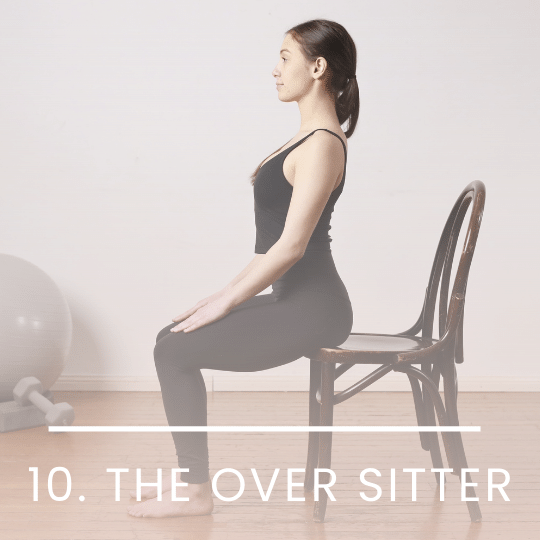
- In trying to sit better, many keen yourng dancers over-sit, creating a C shaped curve in the spine
- This is often associated with excessive gripping in the hip flexors and big back muscles.
- It is often not able to be maintained for a long period of time, so they may alternate between this and slumping.
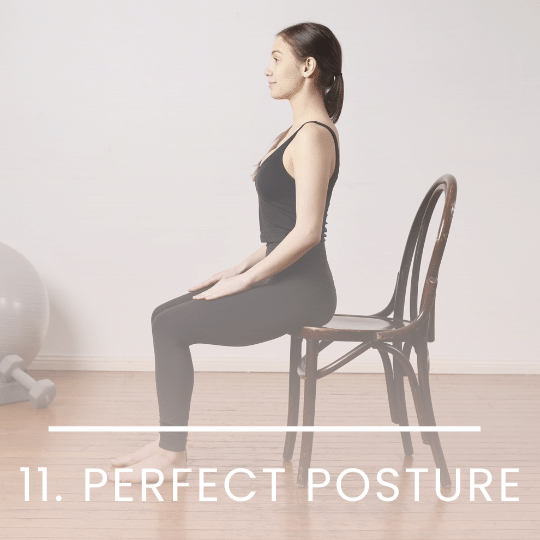
- Ideally, we should be able to sit with the spine gently resting in an S shaped position, moving in and out of this position depending on the task at hand.
- The outer back muscles and hip flexors should be reasonably relaxed.
- This required excellent endurance of the deep back and core muscles.
- Natural breathing should be maintained.
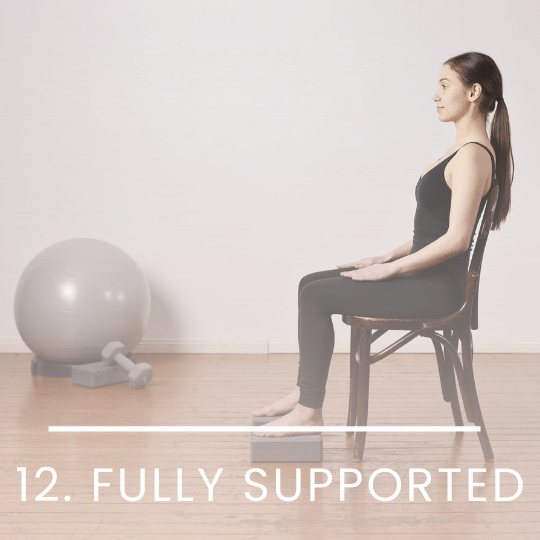
- In reality, not many people can sit unsupported for extended periods.
- Especially when rehabilitation a foot injury, it is important to find an optimal sitting position.
- Make sure to have the feet relaxed in neutral, using blocks or books if needed.
- Finding an appropriate chair for your own dimensions can be very helpful.
Injury & Foot Resources
If you are looking to delve deeper into this topic, check out the following programs:
- Will I Ever Dance Again: The “Will I Ever Dance Again?” program is perfect if you are unable to train at full capacity, whether this is due to a foot injury, surgery, an accident or illness outside of the studio. It helps you build back to full capacity gradually while maintaining strength, flexibility and control in the rest of the body.
- Level One Dance Teacher and Therapist Training: This unique course covers a multitude of assessment and treatment techniques to individualise a dancer's training. With special focuses on Postural Control, Core Stability, Flexibility, Basic Classical Technique, The Dancers Hip, Allegro, Spinal Mobility and Arabesques, it is suitable for anyone working closely with dancers.
- Level Three - Foot and Ankle Injuries - A detailed course for Health Professionals and high level dance teachers that dives into the specific management of foot injuries in Dancers.

